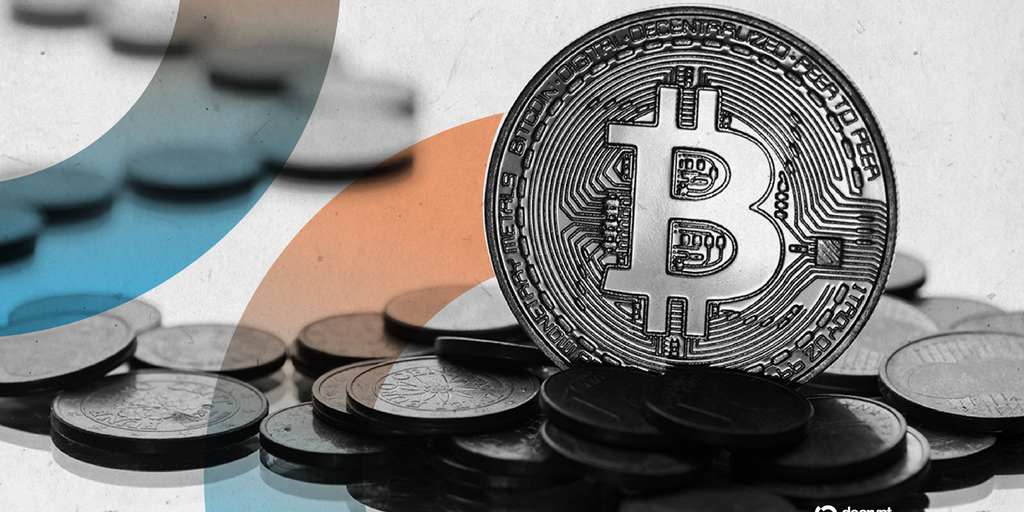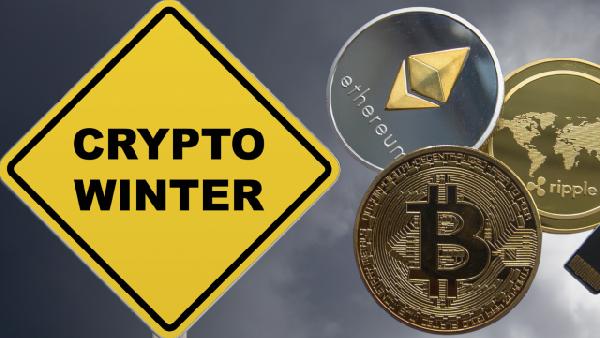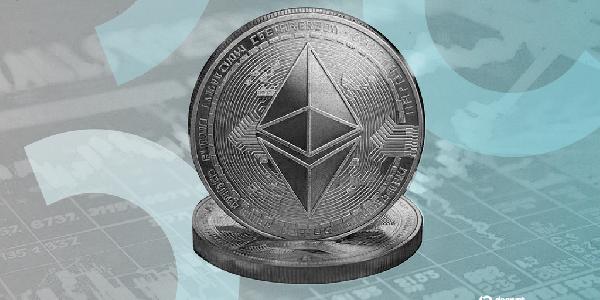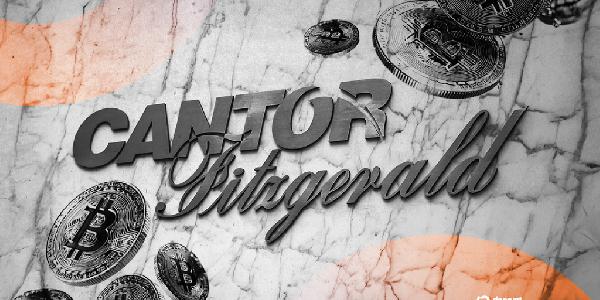Bitcoin climbed back to $109,600 in late Sunday trading as investors digested President Donald Trump’s decision to delay a proposed 50 tariff on European Union goods, offering markets a reprieve from ongoing global trade tensions.
The move followed a call with European Commission President Ursula von der Leyen on Sunday, during which the bloc requested more time to finalize a trade agreement.
U.S. equity futures are edging higher. S&P 500 futures rose 0.9, Dow futures added 0.8, and Nasdaq-100 futures gained 1, reflecting cautious optimism that the delay could ease transatlantic trade pressures—at least for now.
Trump had initially proposed a 20 tariff on most EU imports in April, later reducing it to 10 to allow time for talks. On Friday, he threatened to raise tariffs to 50 by June 1 if negotiations stalled, before walking back the timeline late Sunday.
The revised July 9 deadline now places markets in a holding pattern, with trade policy once again a source of volatility across both traditional and digital assets.
Still, sentiment appears to be holding for those betting on a favorable outcome to US trade policy.
“Bitcoin has been trading more in line with gold lately, reflecting its appeal as a non-sovereign asset and inflation hedge,” Ryan McMillin, chief investment officer at crypto fund manager Merkle Tree Capital, told Decrypt. “With global M2 surging in recent months, gold has already broken to all-time highs—and now Bitcoin is catching up. We expect this trend to continue over the coming months, with Bitcoin pushing toward US$120,000 and beyond.”
That‘s a price target backed by others, including Pav Hundal, lead market analyst at crypto exchange Swyftx.
“It’s not easy to separate the signal from the noise in a trade war, and short-term positioning might shuffle, but right now, options traders are eyeing up $120,000, Hundal told Decrypt. "On Derebit, there is well over half a billion dollars in notional volume sitting at the $120,000 level on the end of June contract.”
The EU, which exported more than $600 billion in goods to the U.S. last year, had paused its own retaliatory tariffs on $23 billion in U.S. imports, and is currently consulting on additional measures targeting $95 billion worth of goods.
Crypto markets were broadly stable on Sunday. Ethereum hovered near $2,550, while Solana and Avalanche posted modest gains between 1 and 2.
Traders are once again weighing geopolitical risks against ongoing institutional inflows and upcoming macroeconomic signals, including this week‘s fresh U.S. core PCE inflation print, expected Friday.
Bitcoin’s rally lost momentum in April after the White House unveiled a blanket tariff framework, triggering a pullback in leveraged positioning and weakening short-term bullish sentiment. Bitcoin fell nearly 2 following Friday’s tariff threats.
“Tariff talk could see a few bumps along the way, and we are hoping to see some more trade deals announced soon,” McMillin added.
Analysts say digital assets continue to show sensitivity to macro policy cues, particularly where monetary conditions and trade dynamics intersect. However, they also say the current rally in crypto feels more structurally sound than previous cycles.
“The broader backdrop continues to skew bullish,” Singapore-based QCP Capital wrote in a note on Friday. “A more accommodating U.S. regulatory environment, coupled with persistent institutional inflows via both ETFs and direct spot allocations, is fostering structural demand.”
Your Email









